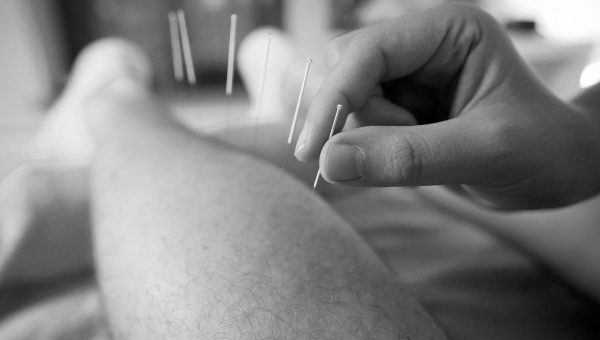
Dry needling
Dry needling is a therapy that targets the deeper layers of muscle and connective tissue to reduce irritation and pain. Therapy is performed by a trained physiotherapist who first assesses the condition of the muscles by palpating the painful and stiff points that may be causing the problem. The procedure uses disposable needles that are inserted into a sore spot and held there for some time. The needle stimulates the muscle and can cause a twitch that resembles a muscle cramp.
The blood supply to the area is immediately improved and the central nervous system is given a signal to reduce pain and relax. The procedure can be unpleasant or painful in the short term and is not suitable for those with needle phobia. Dry needling has shown a very good effect in relieving both acute and chronic pain.
Is suitable for:
- Sciatic nerve irritation
- Lower back pain
- Plantar fasciitis
- Headaches
- Numbness of the hands
- Joint pain
- Neck pain and neck muscle hypertension
- Pain in tendons, such as lateral and medial epicondylitis, supraspinatus tendinitis, Achilles tendinitis, etc.
Contraindications
Relative contraindications:
- Diabetes
- Pregnancy
- Haematological diseases
- Epilepsy
- Use of specific medications (consultation with your doctor required)
Absolute contraindications:
- Phobia of needles
- Thrombocytopenia
- Lymphedema
Frequently asked questions
What is the difference between dry needling and acupuncture?
- Acupuncture is used in Chinese medicine to relieve various problems and is performed by a trained doctor. Dry needling is usually performed by a physiotherapist and is primarily aimed to relieve myofascial pain.
Are needles safe?
- Yes, the needles used in the procedure are disposable and sterile.
Can I exercise after the therapy?
- After dry needling, intense training should be avoided for the next 72 hours. Recommended are stretching and light aerobic activity (walking).
Can there be bleeding during the procedure?
- Yes, there may be minimal bleeding when a needle is inserted to a muscle such as taking a blood sample from a finger.


